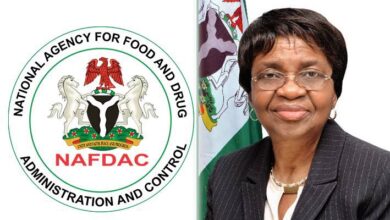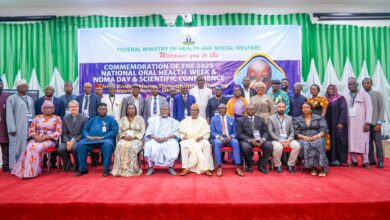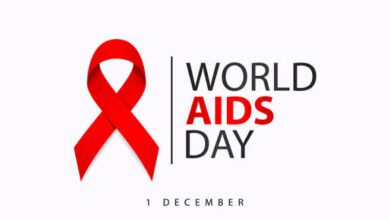Sedentary Lifestyles May Cost Govts $27bn Annually- WHO Warns

The World Health Organisation (WHO) has informed that Non-communicable Diseases (NCDs) such as obesity, heart diseases, diabetes, attributable to physical inactivity, would cost governments US$ 27 billion annually if they do not take urgent action to encourage more physical activity among their populations.
WHO made the announcement on Wednesday, October 19, 2022 in Geneva.
The Global health body revealed that data from 194 countries showed that the overall extent to which governments were implementing recommendations to increase physical activity across all ages and abilities was slow.
It also disclosed that countries needed to accelerate the development and implementation of policies to increase levels of physical activity and thereby prevent disease and reduce burden on already overwhelmed health care systems.
According to WHO, the Global status report on physical activity 2022, published by the Organisation measured the extent to which governments were implementing recommendations to increase physical activity across all ages and abilities. The report revealed that:
“Less than 50% of countries have a national physical activity policy, of which less than 40% are operational. Only 30% of countries have national physical activity guidelines for all age groups.
“While nearly all countries report a system for monitoring physical activity in adults, 75% of countries monitor physical activity among adolescents, and less than 30% monitor physical activity in children under 5 years.
“In policy areas that could encourage active and sustainable transport, only just over 40% of countries have road design standards that make walking and cycling safer”.
Speaking on the need for more countries to scale up implementation of policies to encourage physical activity,
WHO Director-General, Dr. Tedros Adhanom Ghebreyesus said:
“We need more countries to scale up implementation of policies to support people to be more active through walking, cycling, sport, and other physical activity.
“The benefits are huge, not only for the physical and mental health of individuals, but also for societies, environments, and economies. We hope countries and partners will use this report to build more active, healthier, and fairer societies for all.”
WHO warned that, the economic burden of physical inactivity was significant and the cost of treating new cases of preventable non-communicable diseases (NCDs) would reach nearly US$ 300 billion by 2030, around US$ 27 billion annually.
It added that, whilst national policies to tackle NCDs and physical inactivity had increased in recent years, currently 28% of policies were reported to be not funded or implemented.
It also noted that, the report, which was considered a “best buy” for motivating populations to combat NCDs, showed that only just over 50% of countries ran a national communications campaign, or organised mass participation physical activity events in the last two years.
It further informed that, the COVID-19 pandemic had not only stalled those initiatives, but it also affected other policy implementation which had widened inequities in access to and, opportunities for, engaging in physical activity for many communities.
In response, Head of WHO Physical Activity Unit, Fiona Bull said, “we are missing globally approved indicators to measure access to parks, cycle lanes, foot paths – even though we know that data do exist in some countries. Consequently, we cannot report or track the global provision of infrastructure that will facilitate increases in physical activity.
“It can be a vicious circle, no indicator and no data leads to no tracking and no accountability, and then too often, to no policy and no investment. What gets measured gets done, and we have some way to go to comprehensively and robustly track national actions on physical activity.”
Also, Director, Department of Health, WHO, Dr. Ruediger Krech, noted that, it was good for public health and made economic sense to promote more physical activity for everyone.
Therefore, the report called for countries to prioritize physical activity as key to improving health and tackling NCDs, integrate physical activity into all relevant policies, and develop tools, guidance and training to improve implementation.
To this end, WHO informed, “we need to facilitate inclusive programmes for physical activity for all and ensure people have easier access to them. This report issues a clear call to all countries for stronger and accelerated action by all relevant stakeholders working better together to achieve the global target of a 15% reduction in the prevalence of physical inactivity by 2030.”






